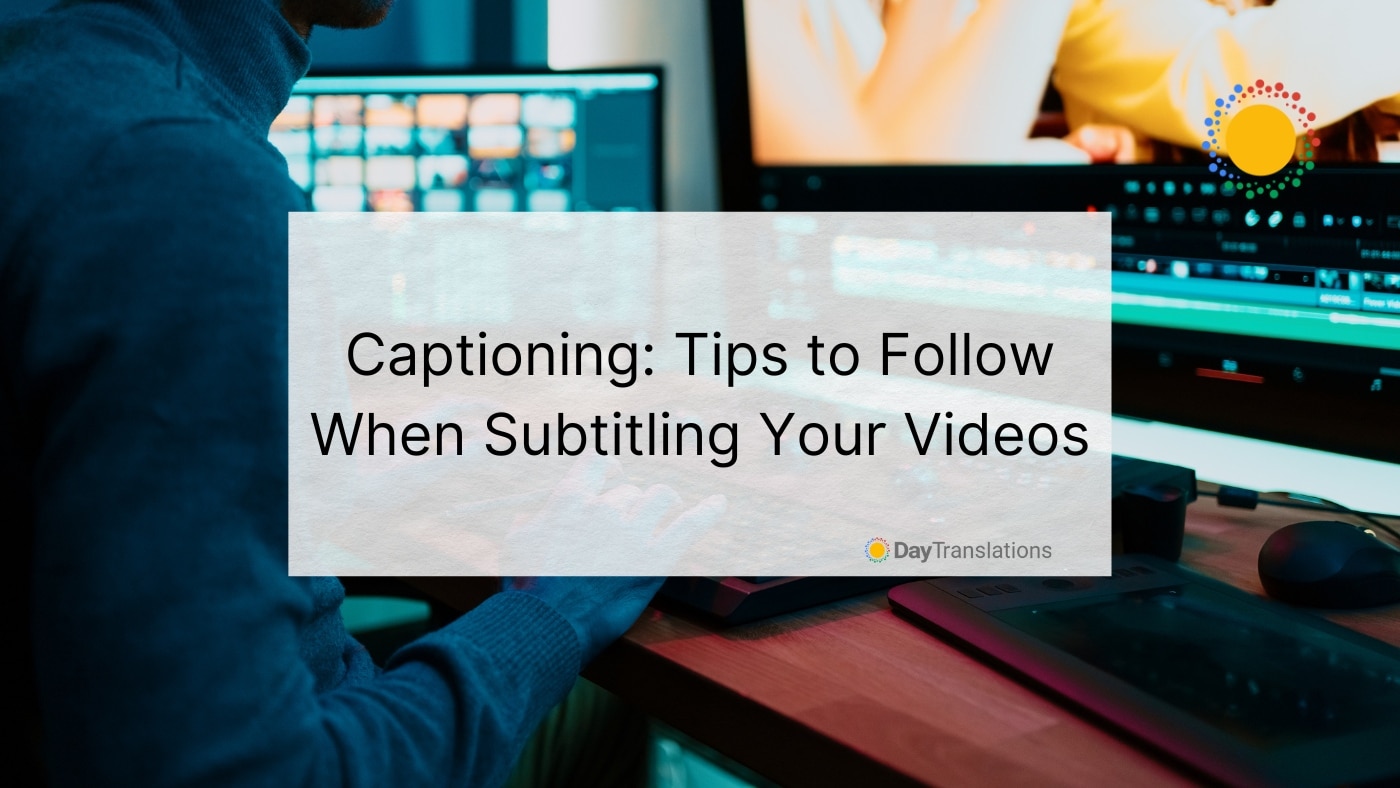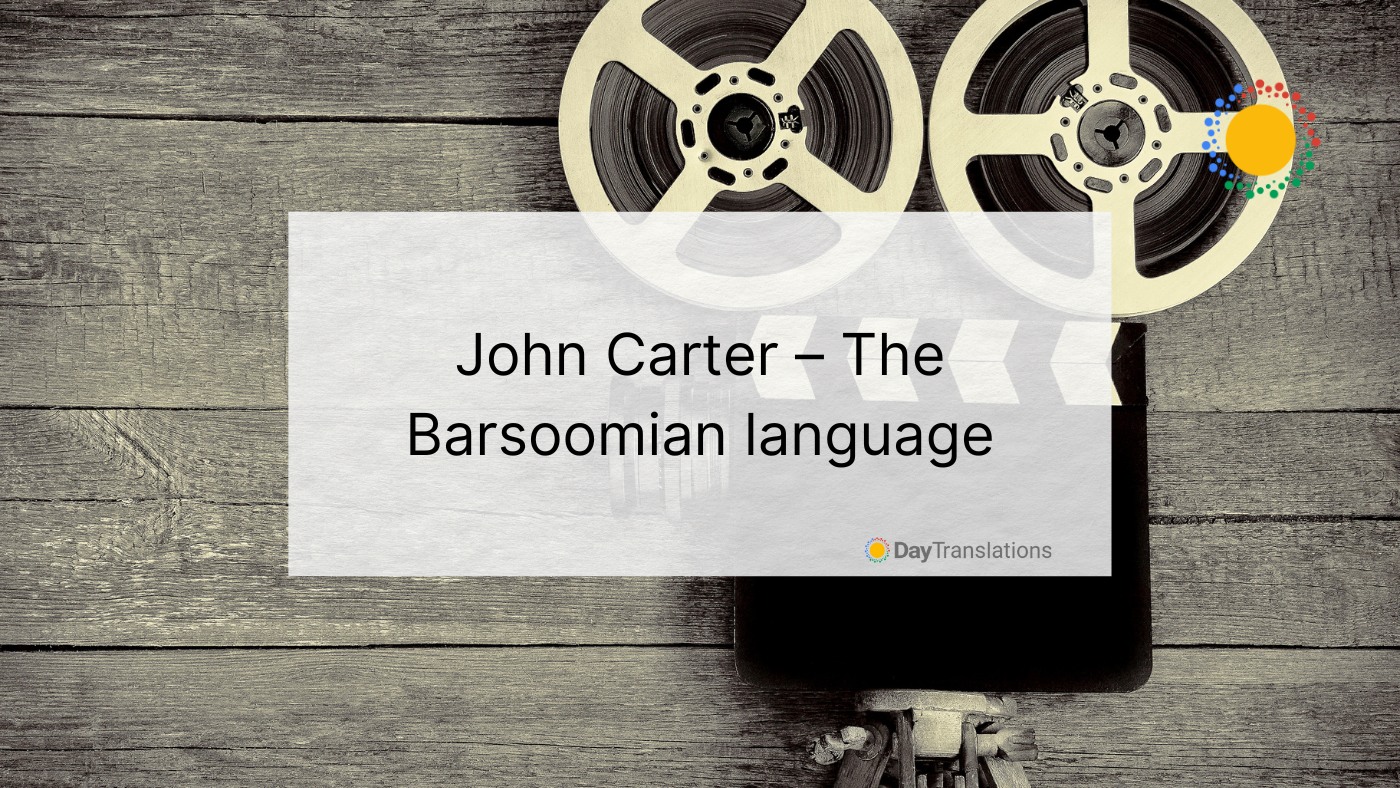Every film ever produced is foreign to an audience somewhere in the world. And while dubbing and voice-overs are great, closed captions provide foreign audiences and the Deaf and hard of hearing with a better insight into what’s happening on screen. But what’s the big fuss over captioning your videos?
The latest research indicates that 10% of broadcast viewers opt for subtitles these days. And as far as online videos are concerned, that number rises to about 35%. Facebook users are in a class of their own, with 85% of them consuming video content in mute mode. This means that if the video lacks closed captions, you’re missing out on capturing the audience’s attention.
Considering getting your videos captioned but don’t know how to add captions? Here are a few tips to help make the closed captions process as easy as possible!
Don’t Forget to Use Closed Captions for the Source Material
It’s essential to add captions to your video and its source materials in order to make the content accessible for Deaf and hard-of-hearing audiences. Closed captions also boost your SEO score by augmenting engagement in up to half of the viewing material. The majority of video hosting platforms like YouTube and Facebook give you the option to display auto-captions. Along with targeted Facebook automated messages or a good YouTube SEO, this can help improve your business processes
Still, automatic captions aren’t always accurate. And this is why you need to have closed captions in your videos done by a professional translator to supplement your video upload. Relying on automatic captions for video closed captions will not capture the essence of important visual elements. All the captions need to be added by a professional linguist that understands the message of the entire video. And this goes far beyond merely adding a text file to your video content.
Sync Your Caption Videos with Spoken Words
Closed captions should generally appear on the screen for no more than six seconds and change along with the scene in your video. If you have a lot of scene changes, your captions need to be shorter so the user can follow along. This is what we call spotting, and its purpose is to ensure the captions are in accordance with the images and audio of the video. If your English subtitles don’t conform to this unspoken rule, it might affect your amount of video views and your rank on search engines.
Replicate the Message, Not Just the Words
There are particular skills involved in a professional closed captions process, and it goes far beyond just literary translation. It can be challenging to capture the essence of your message in 40 characters or less while working with cultural differences in your audience members. Still, if you work with a professional translator, this shouldn’t be an issue.
Add Captions for Audio Effects
When using closed captions for your video, it’s essential to indicate the sound effects in your media by using lowercase italics placed in parentheses. Things like background music or any other noise sources, like dogs barking and children screaming, forms part of closed captions.
Always Adapt the Humor and Wordplay, Don’t Just Rely on Automatic Captions
Jokes are rarely as hilarious in a foreign language as they are in their original language. That’s because translating humor is no easy feat, and there isn’t always an equivalent in the target language. At times, the joke is removed entirely if it isn’t transformable. The same applies to puns and sayings.
Always Use a Professional to Caption Videos
Subtitling and closed captions for your videos go above and beyond verbatim translations. Linguists need to figure out the plot and meaning of the content before they can apply closed captions, which is why it’s always a good idea to pay a professional language service provider if you’re looking for high-quality results.
The best subtitles and closed captions enable viewers to feel like they just watched a video in their native language. Without subtitles. If you intend to capture your audience’s attention, your first step in the right direction would be to get in touch with Day Translations and learn more about our service to help you caption videos.
Our team of expert linguists will tune into your video’s meaning and message. They can caption videos in a way that engages your audience. In turn, you bridge the language barrier and take your brand to the global stage!












Sorry, the comment form is closed at this time.